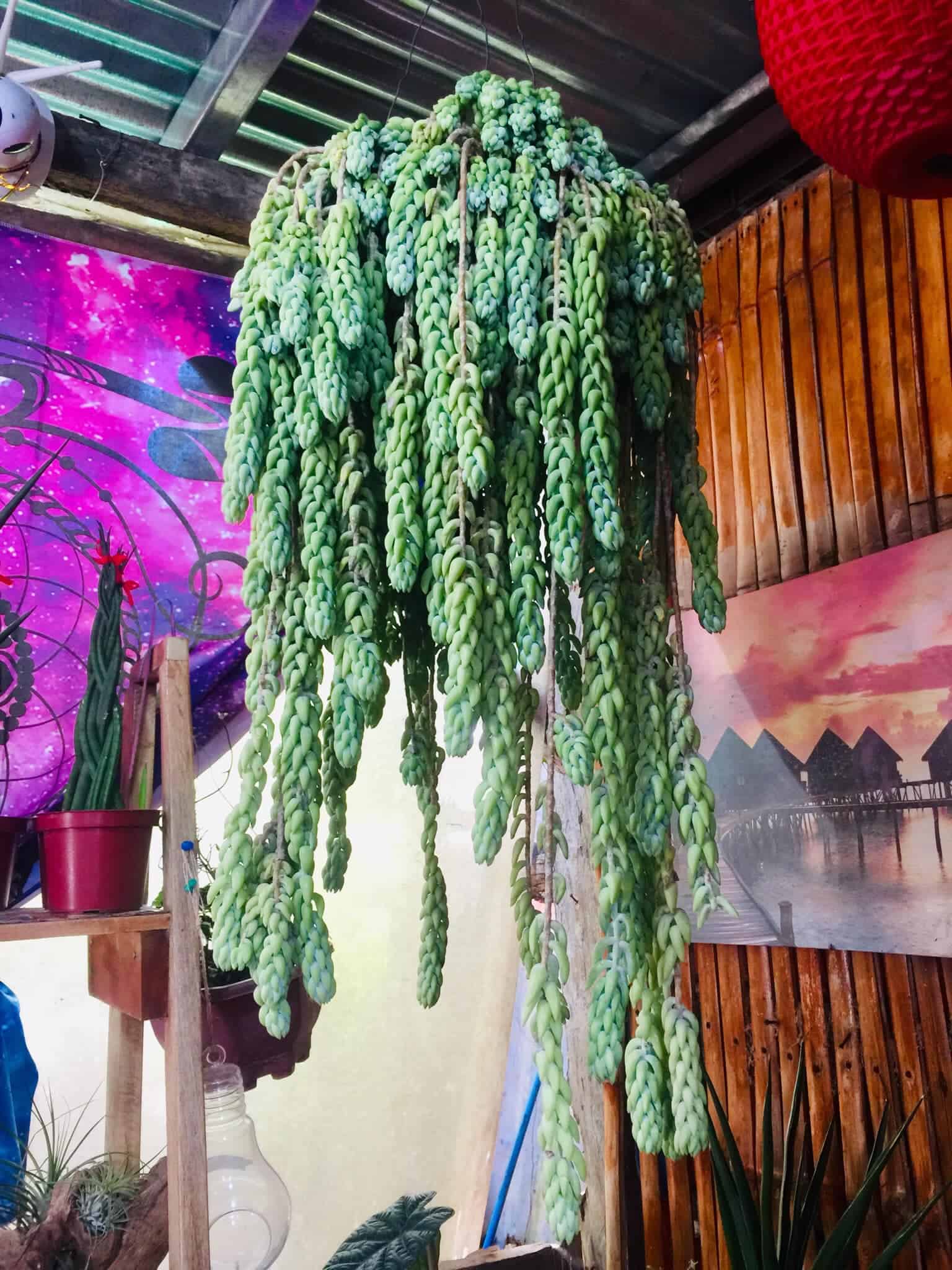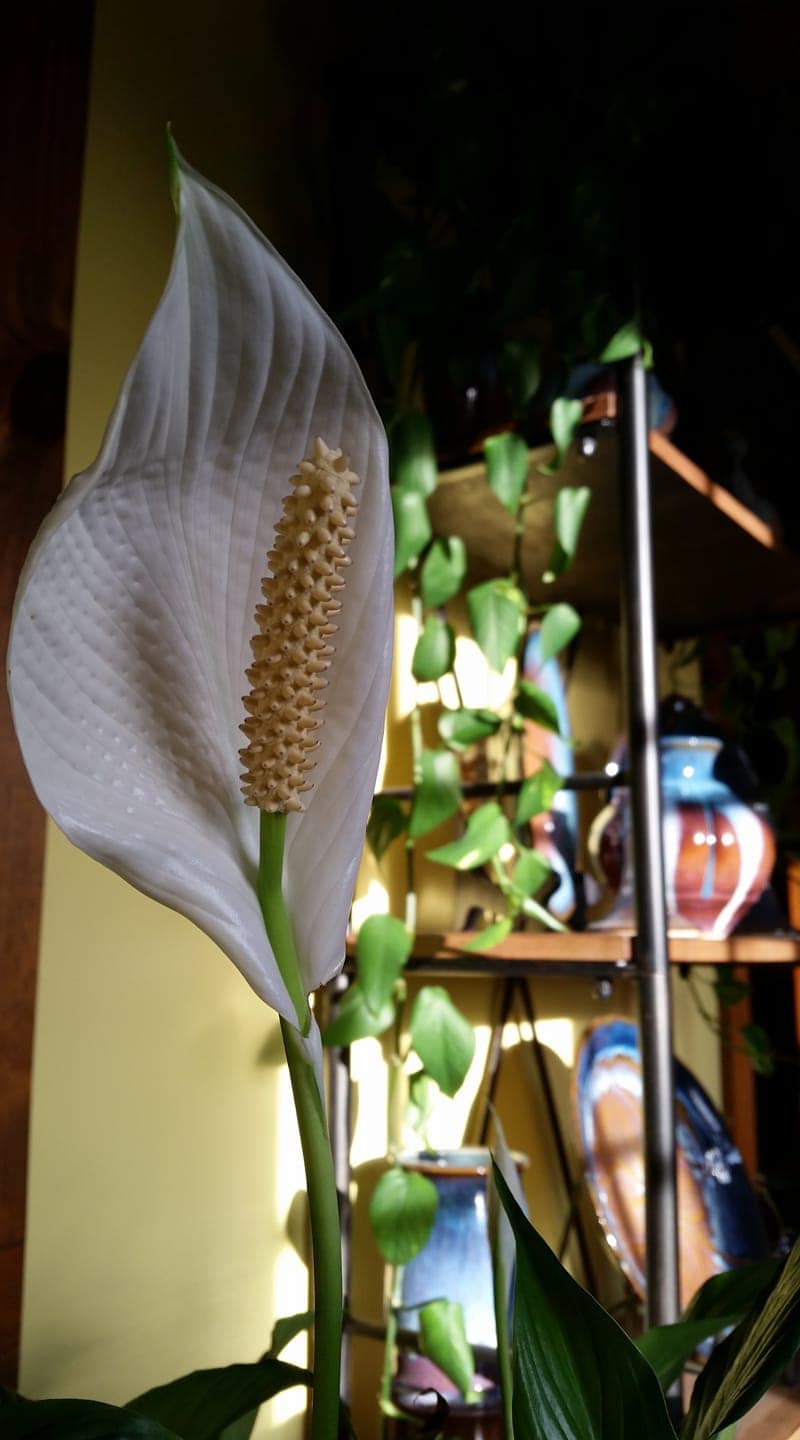Do you fear you may get your home without exotic houseplants due to insufficient sunlight? No worries, low-light plants can grow in the shade and darkest corners.
These minimum light-loving plants are also called “understory plants” which can grow under umbrella plants.
However, this may be an under-construction idea when growing plants indoors. If you have hatched a plan to grow these plants in your home and garden, this article is your ultimate stop!
Table of Contents Show
Best Low-light Plants for Office & Home
Low light conditions equal 50-250 foot candles, which may not be enough for seed germination, so you need to grow the established plants.
Besides less light, the low-light plants prefer less water and low care and maintenance.
1. Low Light Indoor Plants
Some plants can thrive in low-light places, but these don’t necessarily mean a completely dark place. However, they need at least 4 hours of bright, indirect light to flourish happily.
The following low-light plants you can grow in the north or east window or a fairly dark corner.
Burro’s Tail
Against the natural light, you can use grow lights as artificial lights, such as Terrarium lights, for Burro’s tail plants.

Burro’s Tail best sits in a hanging basket and sums up the beauty of your homes or gardens.
Snake Plant
The sword-shaped, evergreen foliage of the Snake Plant (Sansevieria trifasciata) with slightly gray-green stripes can astonish everyone.
It functions as an air purifier by absorbing toxins through its leaves and producing more oxygen.
The plant grows between 6 inches and 8 feet in height, requiring more than 5 hours of indirect sunlight for photosynthesis.
So, you can use artificial LED grow lights for about 12-14 hours per day in the absence of natural light. While growing the plants, consider the right light color.
Locate your Snake plants in bathrooms, bedrooms, kitchens, and wherever you want, but ensure they can get enough light and temperature.
Silver Pothos
Silver Potho’s (Scindapsus pictus) green, lightweight, heart-shaped, and velvety leaves are decorated with irregular silver spots.
Place your Silver Pothos in indirect, bright sunlight for 4 hours or more; east-west facing windows are best for them.
You can use Fluorescent tubes that provide Pothos with plenty of light in dark places.
The fluctuation in temperature may lead to temperature stress on plants and causes the yellowing of leaves, so manage the environment between 18 and 29°C.
Similarly, plant your Silver Pothos in containers with at least one or multiple holes at the bottom to ensure water drainage.
Panda Plant
The Panda plant (Kalanchoe tomentosa) amazes everyone with its bluish-green foliage, reddish-brown dots, and bands along the margins.
Interestingly, whole plant parts are covered with fine hairs called ‘trichomes,’ and these trichomes protect the gorgeous leaves of Panda plants from insects and pests and limit transpiration.
As a low-light plant, the Panda plant only ranges from 3 to 4 inches in height.
However, you can use medium to low intensities LED lights to prevent the plant from sunburn, and warm, arid climates at 60-85°C suit these plants.
Chinese Evergreen
Chinese Evergreen (Aglaonema commutatum) plants are perfect for beginners due to their ease of growing.
Their dark green foliage with consistent silver stripes and tiny flowers borne on spadix make your homes more beautiful.
Also, a warm, humid environment at a temperature of 60-80°F is suitable for Chinese Evergreens.
These plants grow up to 3 feet tall, are equally broad, and love well-drained, sandy soil.
Propagation of Aglaonema is relatively easy; only cut the stem of about 6 inches with well-sterilized scissors and put it in water or soil.
Peace Lily
Peace Lilies (Spathiophyllum wallissi) can purify the surrounding air by neutralizing toxins like formaldehyde that are present in the air.
The plants grow between 1 and 4 feet and bear beautiful, tiny flowers enclosed in a spadix.
However, warm, moist soil suits Peace Lilies, and they do not mind being underwatered.

But Peace lilies are susceptible to fungal infection due to excessive moisture, so ensure the soil dries out entirely sometimes.
If you need more options, there are plenty of low-light succulents that grow even in the dark.
2. Shade-Loving Outdoor Plants
These plants would love some morning sunlight, but bright, direct daylights scorch their leaves.
Some of the shade-loving outdoor plants and their key features are mentioned below.
Primrose Plant
Primrose (Primula vulgaris) is a beautiful shade-loving plant producing bluish-green foliage with flowers of color variations like white, pink, orange, and purple in clusters.
The plant can get 8-12 inches tall if grown in moist, well-drained, and humus-rich soil.
Moreover, this Spring-flower requires frequent watering and grows admirably in a warm and moist environment at a temperature of 40-60°F.
Repot these plants annually in pots with appropriate drainage holes to avoid root-bound conditions.
Caladium Plant
Overexposure to sunlight can burn the leaves of Caladium (Caladium bicolor), so Caladiums flourish well in full shade.
Also, they get favorable temperatures around 70°F.
Unlike others, Caladiums boast colorful, heart-shaped, and large leaves with colored midribs with fragrant flowers.
Generally, two types of Caladiums are found, lance-leaf and fancy-leaf, having an average height of 12-30 inches.
These plants thrive well in damp soil, but excessive wetness can increase the susceptibility of plants to microbial invasions.
Coleus Plant
These shade-loving plants (Coleus spp.) can tolerate moderately bright sun too, but not for long.
Coleus grows in the direct morning sunlight and a warm environment of about 70°F. It will be better to avoid midday sunlight.
To highlight their beauty, Coleus plants produce small greenish to large colorful foliage with deep shades of pink, purple, and chocolate, with perfumed flowers.
Moreover, these plants range from 6-36 inches in size and flourish well in humus-rich, well-drained soil.
Tree Spurge
The Spurge plant (Euphorbia dendroides) can thrive in various environments including full and partial shade.
This semi-succulent shrub has reddish and branched stems ranging in height between 6-36 inches.
Also, it saves the beauty of tiny green leaves with golden flowers.
Besides, Spurges are well adapted to a warm environment at about 36°C and intolerant to low temperatures.

These plants also have some uses in traditional medicine, like treating cancer and skin rashes.
Alert: Spurge is toxic to humans and pets causing the eye injury, vomiting, diarrhea and other physiological issues.
Coral Bells
These herbaceous perennials are usually known for their large, heart-shaped leaves.
These non-toxic plants grow about 8-18 inches tall and love temperatures around 59-65°C.
Typically, these plants are not grown in small containers, but you can use big containers by keeping the root crown slightly higher than the soil level.
Busy Lizzie
Busy Lizzie (Impatiens walleriana) inflates its beauty through spring flowers that bloom in white, red, pink, orange, and purple.
You can expect the plants to grow 6-36 inches in height.
These plants are sensitive to high heat and thrive well at temperatures of 85°F, requiring frequent water. But Avoid creating a pool of water or wet feet in the vessel or pot.
Here are more options for you!
From Editorial Team
Tips to Check the Low Light!
You can check whether your plant is getting low, medium, or bright light by placing a piece of paper between the light source and a plane surface.
If you see much of a shadow, it is a bright light, but if you can’t see much of it, it is low light.
Beware of direct sunlight and water once a week to keep the soil moist for low light plants.
Normally, low-light plants prefer 4-5 hours of indirect sunlight in a warm, humid environment and can thrive in the dark.
